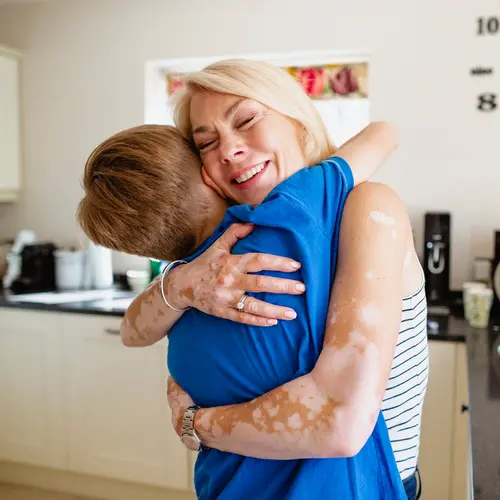You carefully combed out the nits (lice eggs), applied and reapplied lice treatment as directed, and washed all the bedding and clothes. You thought your home was (finally) lice-free. Yet, the pesky mites keep coming back.
There are two reasons for a recurrent lice infestation:
- The lice treatment you used didn’t work.
- You or someone in your family came in contact with lice again.
Treatment Didn’t Work
Treatments might not work for a couple of reasons. First, studies have shown that lice can be resistant to pesticide treatments that have been used in some geographical areas.
Second, female adult lice lay up to eight eggs a day. Over-the-counter lice treatments and prescription ones kill live lice and their eggs (nits), but they might not catch all of them. Because of the life cycle of lice, over-the-counter and prescription treatments may require two treatments, 7-9 days apart. If you don’t reapply the product within the correct number of days, lice eggs can lurk behind and hatch later.
To be most effective, follow up prescription or over-the-counter treatment by combing through the hair for two weeks to rid the head completely of lice.
Someone or Something Else Gave Lice Back to You
You can get rid of lice on your head and in your home only to have it crawl back onto you or your child at daycare, school, or the gym. You might not be able to control the environment outside your home, but these tips can help keep lice away:
- Avoid head-to-head and hair-to-hair contact. This is the way head lice most commonly spread. Think about events like kids’ slumber parties, sleepover camps, and sporting events such as wrestling.
- Don’t share hats, scarves, hoodies, or other clothing.
- Don’t share hair ribbons, barrettes, combs or brushes. (Studies suggest girls are more likely to get lice than boys).
- Don’t share towels.
- Don’t share beds, sofas, rugs, pillows, or stuffed animals with someone who has or recently had lice.
How to Keep Lice from Coming Back
The CDC and FDA say you don’t need to spend a lot of time and money cleaning the house after a lice outbreak. Head lice are bloodsuckers. Once they fall off the body, they only survive for a day or two.
The chances that you’ll catch them from sitting on the sofa or laying on the floor is quite small. But follow these simple steps to help prevent another lice attack:
- Wash and dry bedding, clothing, and stuffed toys using hot water (130 F) and high heat.
- If the items can’t be washed, seal them in a plastic bag for 3 weeks. Dry cleaning also kills lice.
- Vacuum upholstered furniture and rugs.
Lice room sprays or fumigants are toxic if inhaled or absorbed through the skin. The FDA says that if you or someone in your family has head lice, you don’t need these products.
If lice keep returning, ask a doctor about the best treatment options for your family. You’ll also want to find the exact source of the mites.
But don’t blame your pet. Your furry friends don’t spread head lice.

